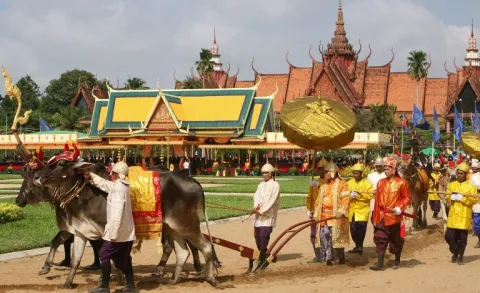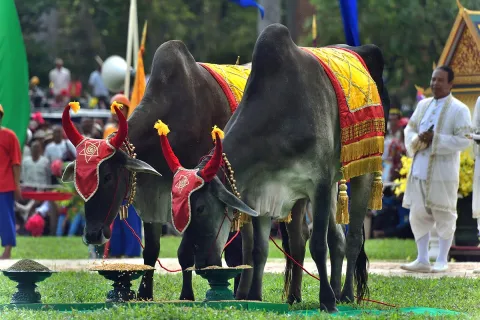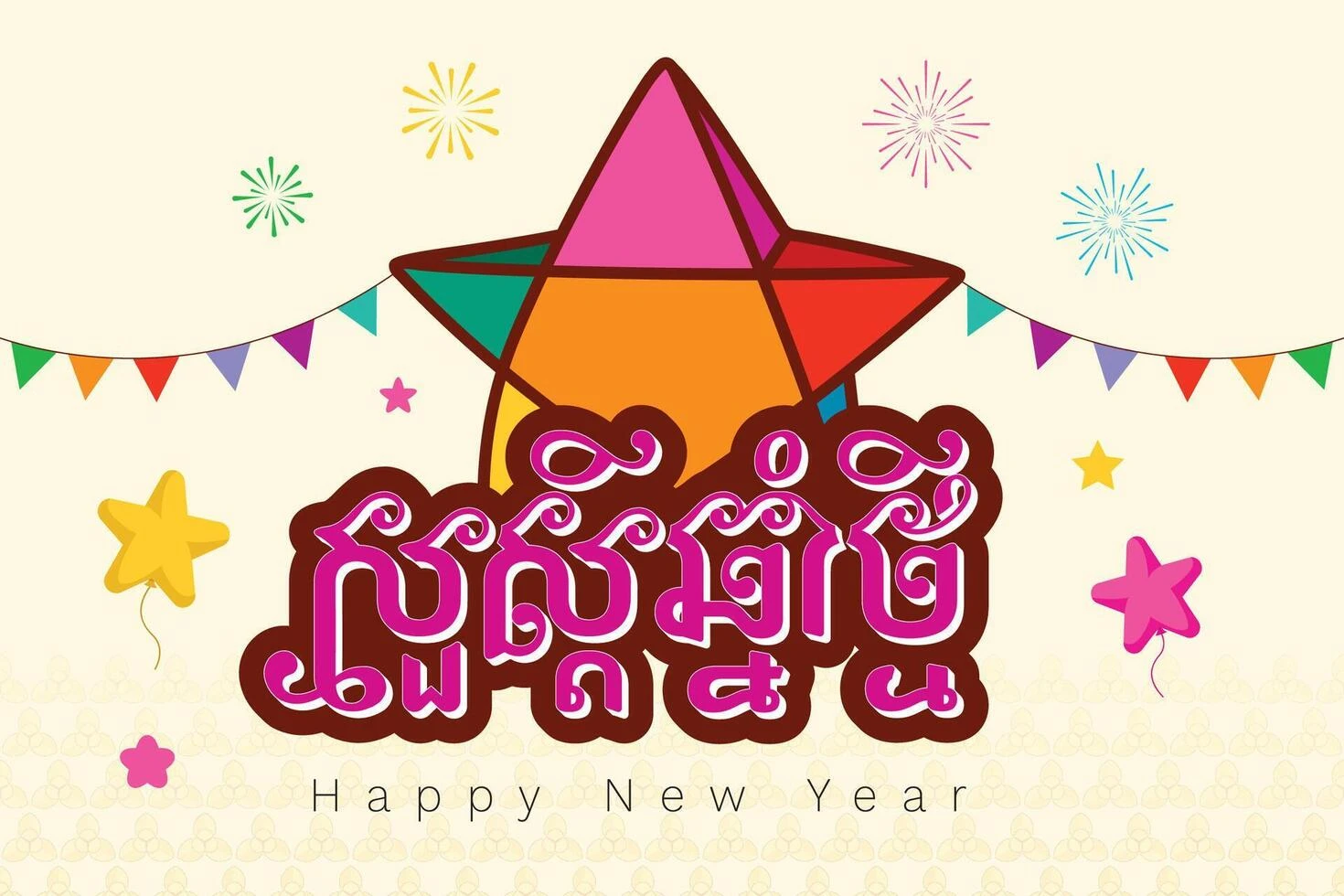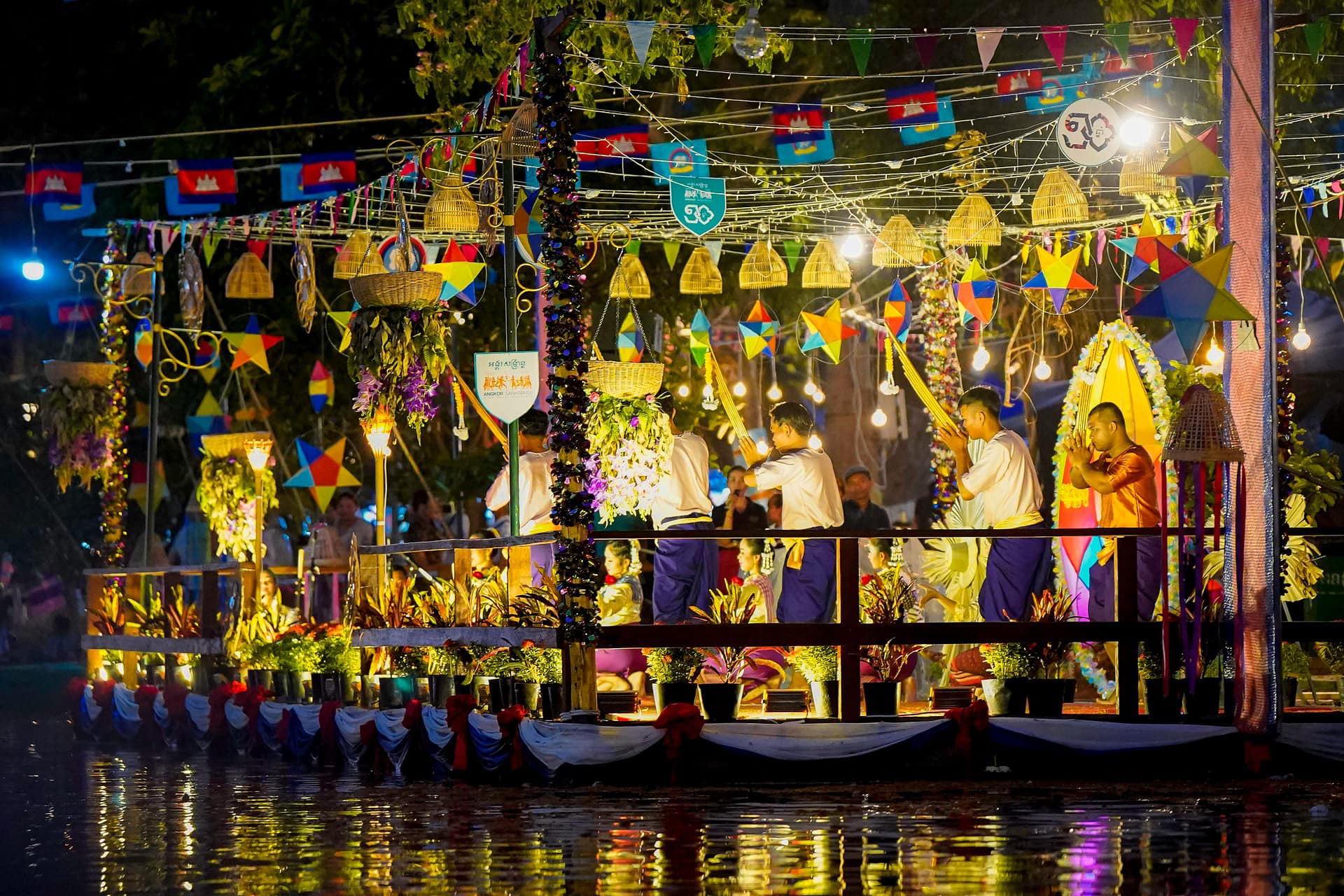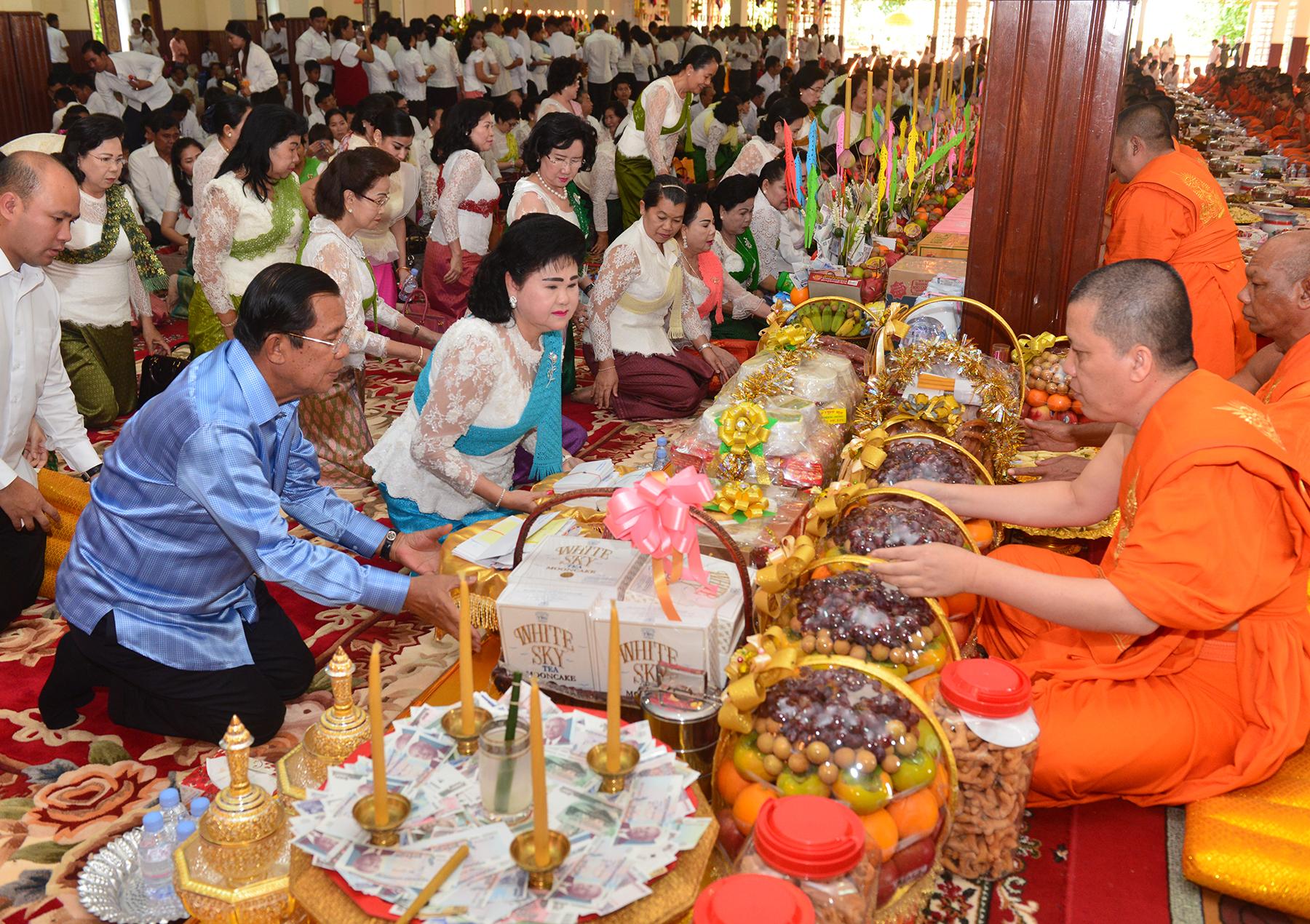Description
Cambodian New Year, also known as Chol Chnam Thmey in Khmer, is the most important holiday in the Cambodian calendar. This annual event takes place in April and the festivities last for three days, from April 14 to 16. It is a celebration that is both convivial and spiritual and has great cultural importance for the country. In this article, you will learn about the origin of this holiday, as well as the traditions and celebrations associated with the Cambodian New Year 2025.
1. What do you know about the Cambodian New Year?
Asia, a culturally diverse region, observes various calendars, resulting in a plethora of festivals. While some countries mark January 1 as the New Year, others, like Vietnam's Tet, celebrate the Lunar New Year in January or February. Cambodia and neighboring nations celebrate their New Year in April.
The official name of Cambodian New Year/ Khmer New Year is: បុណ្យចូលឆ្នាំថ្មី ប្រពៃណីជាតិ ( lit. 'New Year Festival, the National Tradition'), also called Choul Chnam Thmey Moha Sangkranta or just Sangkranta. In Khmer, 'Chol Chnam Thmey' means 'Entering New Year'.
The Khmer New Year commences in mid-April, aligning with the traditional Buddhist lunisolar calendar for Theravada Buddhist festivals. Historically, it occurred in November or early December until the 13th century, when the Khmer king shifted the festivities to coincide with the Khmer Empire's harvest conclusion. Cambodia also uses the Buddhist era to count years based on the Buddhist calendar.
2. When does the Cambodian New Year 2025 take place?
The Cambodian New Year of 2025 spans from April 14 to 16, serving as a time for families to unite and uphold their cultural traditions and rituals.
3. How do Khmer people celebrate Cambodian New Year 2025?
The three official days of New Year celebrations revolve around religious traditions and cultural norms, which remain significant for many adherents.
The first day Maha Sangkran:
The term "Sangkran" stems from the Sanskrit word "Sankranta," denoting movement or change. "Maha" translates to "big," signifying the culmination of the past year and the commencement of a new cycle.
The second day Veareak Vanabat:
The second day of the celebrations is considered the day of gratitude, an opportunity to perform acts of charity. Many Cambodians choose to help the poor and less fortunate, while others travel with their families to monasteries to pay homage to their ancestors.
The third day Veareak Laeung Sak:
The final day bids farewell to the old year, embracing new hopes. 'Pithi Srang Preah,' a ritual cleansing of Buddha statues with scented water, symbolizes eradicating evil and seeking blessings. Washing elders' hands and feet expresses gratitude.
From $75.00
per adultAdult x 3
10:30 AM
Free cancellation. Cancel anytime before 3 days for full refund.
